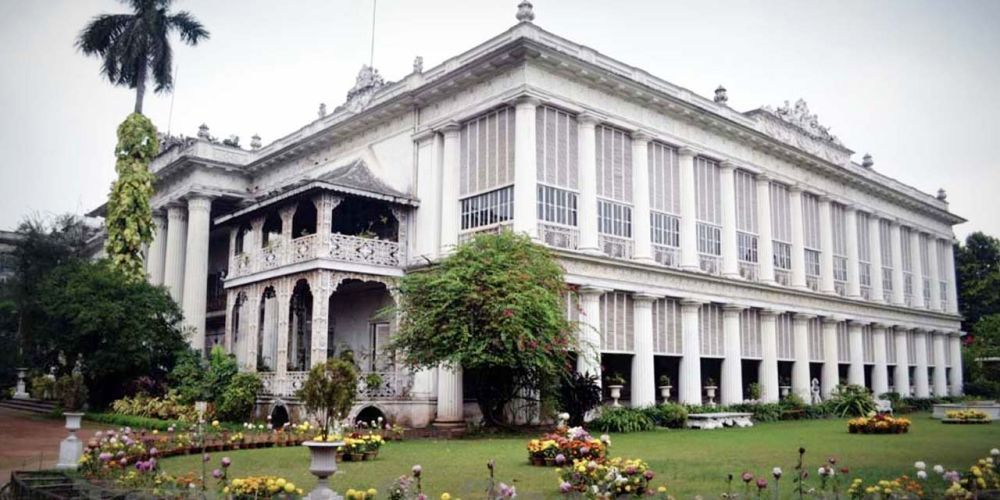

Located in the bustling city of Kolkata, Marble Palace stands as a remarkable testimony to the rich cultural heritage and history of West Bengal. Built in 1835 by a wealthy Bengali merchant, Raja Rajendra Mullick, this palatial mansion is one of the most exquisite landmarks of 19th-century neoclassical architecture in India. Crafted predominantly out of Italian marble, the edifice earned its name and fame for the opulence and grandeur it exuded amidst the colonial setting of the then Calcutta.
The tourism history of Marble Palace is intricately tied to the colonial era, where it started to gain recognition as a masterpiece that drew the curiosity of British officials and foreign visitors alike. As the years rolled by, the palace went on to be one of the key attractions for tourists interested in experiencing the fusion of European architectural style with Indian aesthetics.
In post-independence India, the mansion continued to captivate visitors with its magnificent collection of Western sculpture and Victorian furniture. The presence of historical artworks by European and Indian artists, along with antiques and curios, elevated the status of Marble Palace as a vital cultural hub of Kolkata.
Today, Marble Palace remains under private ownership but is open to the public, attracting a steady flow of domestic and international tourists. The place is not only an architectural wonder but also hosts a zoo, which is one of the first aviaries in India. It features rare birds that date back to the time of the owner's collection, making it a unique attraction within a historical setting.
The meticulously maintained garden with its lawns, statues, and fountains create a serene environment despite the urban backdrop. The interiors' crystal chandeliers, diverse paintings (including original Reynoldses and Rubens), and ornate furniture illustrate the refined taste of the erstwhile Bengali nobility.
In recent years, tourism trends at the Marble Palace have changed. With the rise of cultural and heritage tourism, visitors are increasingly interested in the narratives behind historical landmarks. This has led to an emphasis on guided tours where the rich stories and lesser-known facts about the palace's past are passionately shared by knowledgeable guides. Additionally, there's a shift towards experiential tourism where travelers seek to immerse themselves into the cultural fabric of the places they visit, often looking to participate in events and even contribute to conservation efforts.
Conservation and awareness initiatives have been implemented to ensure the preservation of the Marble Palace for future generations. Social media has also played a pivotal role in popularizing this historic site, inviting a new wave of digital-savvy travelers intrigued by the blending of the old-world charm with modern narratives.
Indeed, the Marble Palace remains a precious jewel in Kolkata’s crown, its time-honored allure inviting tourists from across the globe to step back in time and marvel at its enduring beauty and historical significance.